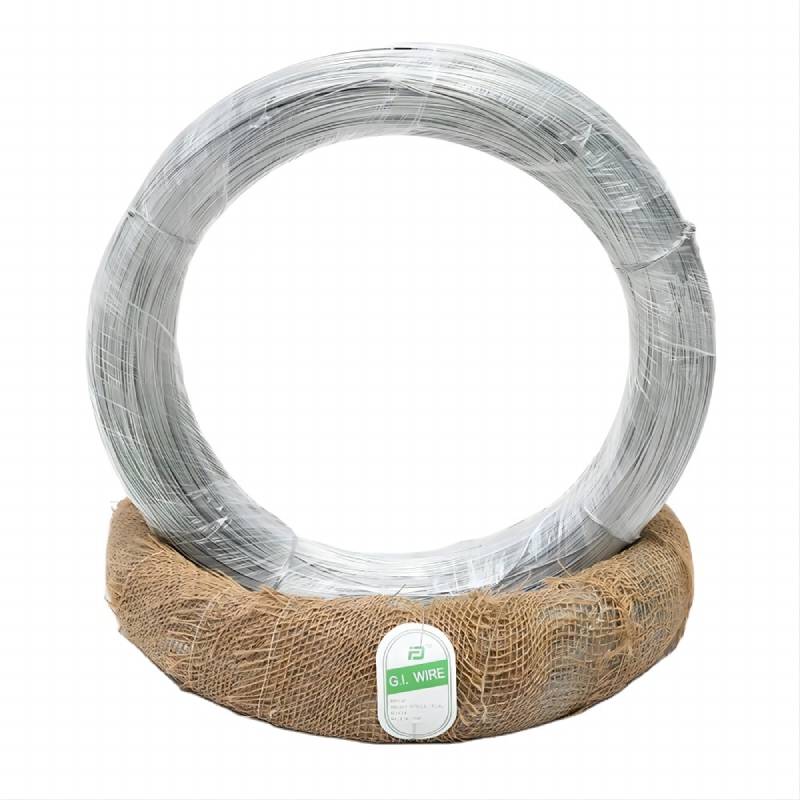Using Thin Nails for Wood Projects to Ensure Strong and Durable Connections in Woodworking
The Importance of Thin Nails for Woodworking
Woodworking has been a beloved craft for centuries, allowing artisans and hobbyists alike to create functional and beautiful items. One of the most critical components in this craft is the fastener used to join pieces of wood together. Among the various types of fasteners, thin nails have become increasingly popular due to their unique advantages and applications in woodworking.
Understanding Thin Nails
Thin nails, often referred to as finishing nails or brads, are characterized by their slender shafts and small heads. These nails are typically made of steel, making them sturdy yet lightweight. They come in various lengths and diameters, which enhances their versatility for different woodworking projects. The thin profile of these nails ensures minimal wood splitting, which is particularly crucial when working with delicate or thin pieces of wood.
Advantages of Using Thin Nails
1. Minimal Damage to Wood One of the primary benefits of thin nails is that they cause less damage to the wood compared to thicker nails or screws. Their slender design means that they can be driven into the wood with less force, reducing the likelihood of cracking or splitting. This is especially important when working with delicate veneers or intricate joinery where appearance matters.
2. Discreet Appearance Thin nails are less obtrusive than thicker fasteners. When used properly, they can be driven into the wood so that the heads sit flush or slightly below the surface. This makes them ideal for finishing work, such as attaching moldings, trim, or other decorative elements, allowing the craftsmanship of the woodworking project to shine without the distraction of large nail heads.
thin nails for wood

3. Easier to Conceal When driving thin nails into wood, it is easier to conceal them during the finishing stages. Woodworkers can easily fill the small holes left by these nails with wood filler, making the finished work seamless and aesthetically pleasing.
4. Versatility in Use Thin nails can be used in a variety of woodworking contexts, from framing and cabinetry to fine woodworking and furniture assembly. Their adaptability makes them a standard choice for many woodworkers, whether they are constructing large projects or intricate details.
Application Tips
To make the most of thin nails, it is essential to choose the right type and size for the project. For example, longer nails can be used for attaching thicker boards, while shorter ones work best for lighter applications. Additionally, having the right tool, such as a hand hammer or pneumatic nail gun designed for thin nails, can ensure that the nails are driven in correctly without bending or breaking.
Pre-drilling holes can help prevent any potential splitting, especially in hardwoods. Furthermore, it's advisable to drive nails at a slight angle to increase holding power and reduce the chance of withdrawal.
Conclusion
In the world of woodworking, the choice of fasteners can significantly impact the outcome and durability of a project. Thin nails offer a range of advantages that make them an invaluable addition to any woodworker's toolkit. Their ability to provide strong yet discreet fastening while minimizing damage to wood makes them ideal for both professional artisans and DIY enthusiasts. By understanding their properties and applications, woodworkers can effectively enhance their projects, from simple repairs to elaborate pieces of furniture, ultimately elevating the artistry and craftsmanship of their work.
-
Space-Saving Chain Fence Hacks Vertical Gardening with Cyclone MeshNewsJul.16,2025
-
Innovations in Iron Nail Wire Production for Modern ConstructionNewsJul.16,2025
-
Creative Uses of Wire Netting Fence in Modern Landscape DesignNewsJul.16,2025
-
Barbed Wire Fence Innovations in Anti-Climb TechnologyNewsJul.16,2025
-
Architectural Uses of Umbrella Nails for Aesthetic Roof DesignsNewsJul.16,2025
-
Architectural Uses of Razor Barbed Wire in Secure Urban DesignNewsJul.16,2025




